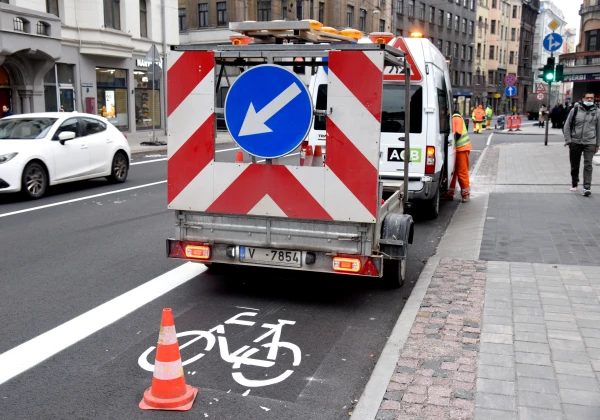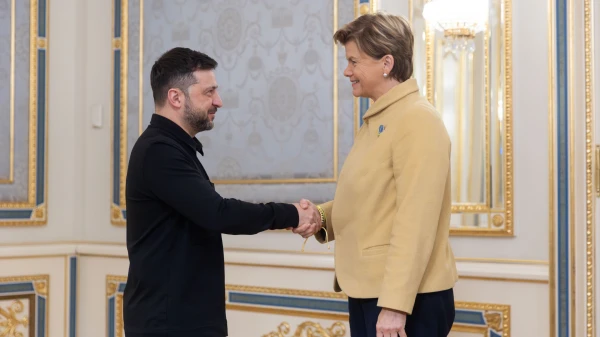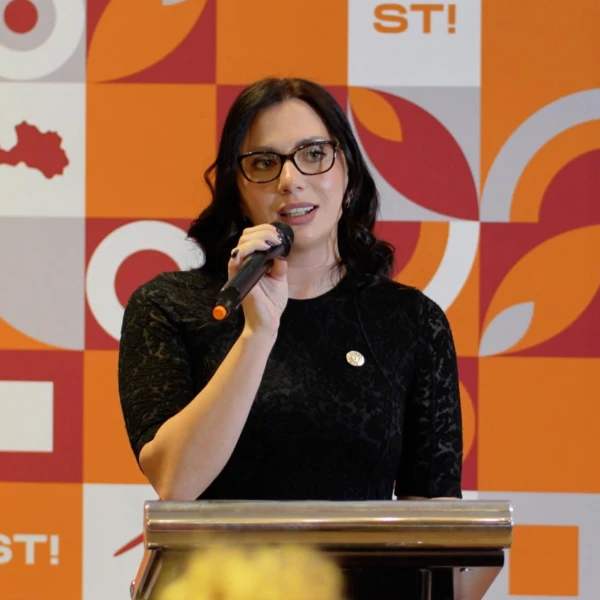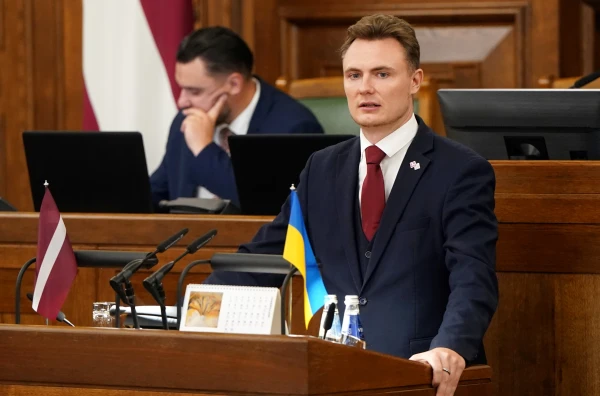
The capital's development program should undergo annual updates — local government deputies are presented with an Action Plan and Investment Plan. But this time, something went wrong. And in the protocol, in the "Voting Result" column, it appeared: "Postponed."
All in the name of two-wheeled transport
If we judge by the documents presented, by 2026, Riga residents were to be provided with "continuous and gradual support for the development of the bicycle communication system, integrating it into the overall urban transport infrastructure, prioritizing the improvement of bicycle communication safety in the city center."
In the coming year, "connections of bicycle infrastructure should be created in close proximity to residential areas, workplaces, public facilities, educational institutions, and local government."
In particular, the Center would be adorned with such projects:
- "Construction of bike lanes and improvement of street intersections on Dzirnavu Street from Terbatas Street to Skolas Street";
- "Construction of a bike path and restoration of the surface on Vilhelms Purvitis Street" (formerly Turgeneva);
- "Development of a construction project and construction of bicycle infrastructure on Aspazijas Boulevard and Zigfrīds Anna Meierovics Boulevard"...
It is worth noting that, observing the experience on Dzirnavu Street, one can attest — the bicycle endeavor requires sacrifices. For many months, the street has been extensively dug up and closed to traffic. Your author sadly learned that in 2026, it is planned to "beautify" his childhood street — Pernavas, albeit only on the section from Aleksandra Čaka Street to Krišjānis Barons Street. The agenda also includes the reconstruction of Raiņa Boulevard, and the streets of Merkela, Matīsa, and Vietalvas.
However, it is precisely thanks to the passion of the city fathers for cycling that the emergency bridge over the Zunda Canal near the RTU campus will finally be rebuilt, making it acceptable for both pedestrians and two-wheeled friends of man. And yes — bike parking will now be arranged near all local government facilities, at intersections, and near public transport stops.
If we look at which city districts have been fortunate enough to receive sidewalk repairs, a rather random picture emerges. That is, there is no system. Suddenly, Aģenskalns (Kuldīgas, Vilipa, Gregora Streets) or Čiekurkalns (Jutas, Palm, Berzpils Streets). One might assume that all these "highways" — essentially modest alleys — are known only to the residents of those areas. Not a single truly major street, along which the battered sidewalks have been laid for decades, is on the lists.
New stations will be tackled
On the list of good deeds by the end of 2029, i.e., already beyond the current Riga City Council's term, is the transformation of urban railway stations. Namely — Zolitūde, Depo, Aģenskalns, Wagon Park, Daugmale, Jāņa sargs, Zasulauks, Imanta, Tornakalns, Čiekurkalns, Jugla. A total of 10 million euros is allocated for everything. This seems rather small compared to the already under construction 6 "mobility points" — Sarkandaugava, Šķirotava, Dauderi, Bolderāja, Ziemeļblāzma, and Zemitāni, for which 33,447,742 euros have been allocated.
However, for now, discussions about the new-old stations are focused on "developing construction intention documentation."
In comparison — for the newly designed public transport stops, it is planned to invest up to 4.5 million euros by the end of 2027. Such transport will operate on "new, independent lines" (BRT). An example will be Dzelzavas Street over a length of 5.3 km — from Jāņa Zemitāna Street all the way to Jugla. For those uninitiated in urban innovations — one of the main streets of Purvciems has now been extended after crossing with Ulbrokas, and runs past wholesale warehouses and rare groves, which will likely soon be occupied by new residential projects.
Kleinbergs' bulbs
The city authorities intend to overhaul Riga's street lighting system by the end of 2027. This will "create a safe urban environment, increase the safety level of residents, improve the crime situation, and reduce the number of traffic accidents."
Where will the lighting go? "New lighting is being created in unlit sections of streets in the outskirts or functionally related areas."
Very good. But right away, I see in the lists: "Reconstruction of the lighting infrastructure T-434 Kalku 1." However, as many Riga residents with higher education know — this address houses the historic building of the Polytechnic. Which has not been used for RTU needs for five years, effectively standing empty (sometimes films are shot there) and gradually deteriorating.
Another address where the lamps will be changed is Brīvības 75. Something familiar here, right? This is where the famous Dailes Theatre is located, a state-owned enterprise and national pride, for the reconstruction of which tens of millions of euros are spent from the Ministry of Culture's budget. And a little will be chipped off from the funds of city taxpayers.
No common language found
Elīna Sharma, head of the planning and design department of the Department of Environmental and Mobility, is currently assessing 900 projects under construction in Riga.
These include both tiny investments by capital standards, such as a children's playground in Vecmilgrāvis (60,000 euros), and gigantic ones — like the reconstruction of the Cable Bridge (86 million euros).
– These are indicative amounts, – noted the department director Kristaps Kauliņš on this matter. Each year, during the budget formation process, the capital's local government will refine them.
According to the director, the city will also take away some parking spaces — they will be allocated specifically for public transport (car sharing). However, not everything will require specific investments, as some matters can be resolved in the ordinary course of the Department's activities.
One of the opposition deputies pointed out that the Riga City Council invests much more in electorally close districts, such as Aģenskalns or Tornakalns, than, for example, in Kengarags. He specifically noted the lack of a traffic light at the Polish school. "This is handled by the Traffic Organization Department," replied Ms. Sharma. According to her, too many traffic lights "slow down traffic." – The meeting took a destructive turn, – suddenly announced the committee chair Marta Kotello ("Progressives"). And… closed it!
So the process is not at an end — but rather an ellipsis. The ruling party will need to fix its voting machine, which has clearly malfunctioned.
PRICE OF THE ISSUE
The distance between the Cable and Railway bridges in Riga is just over 1 km. Meanwhile, the construction of a bike path between them will cost 1,195,919.5 euros. That is, about 1,000 euros per 1 meter.














Leave a comment